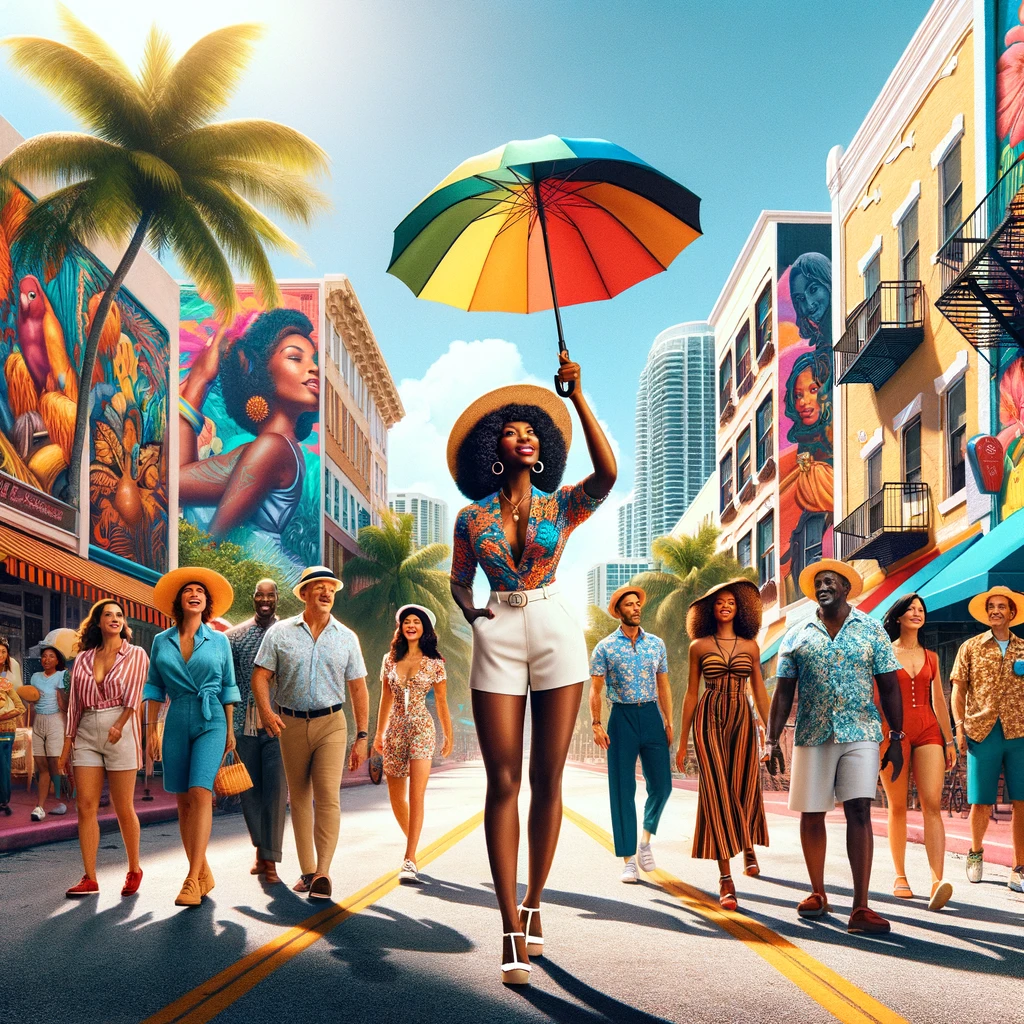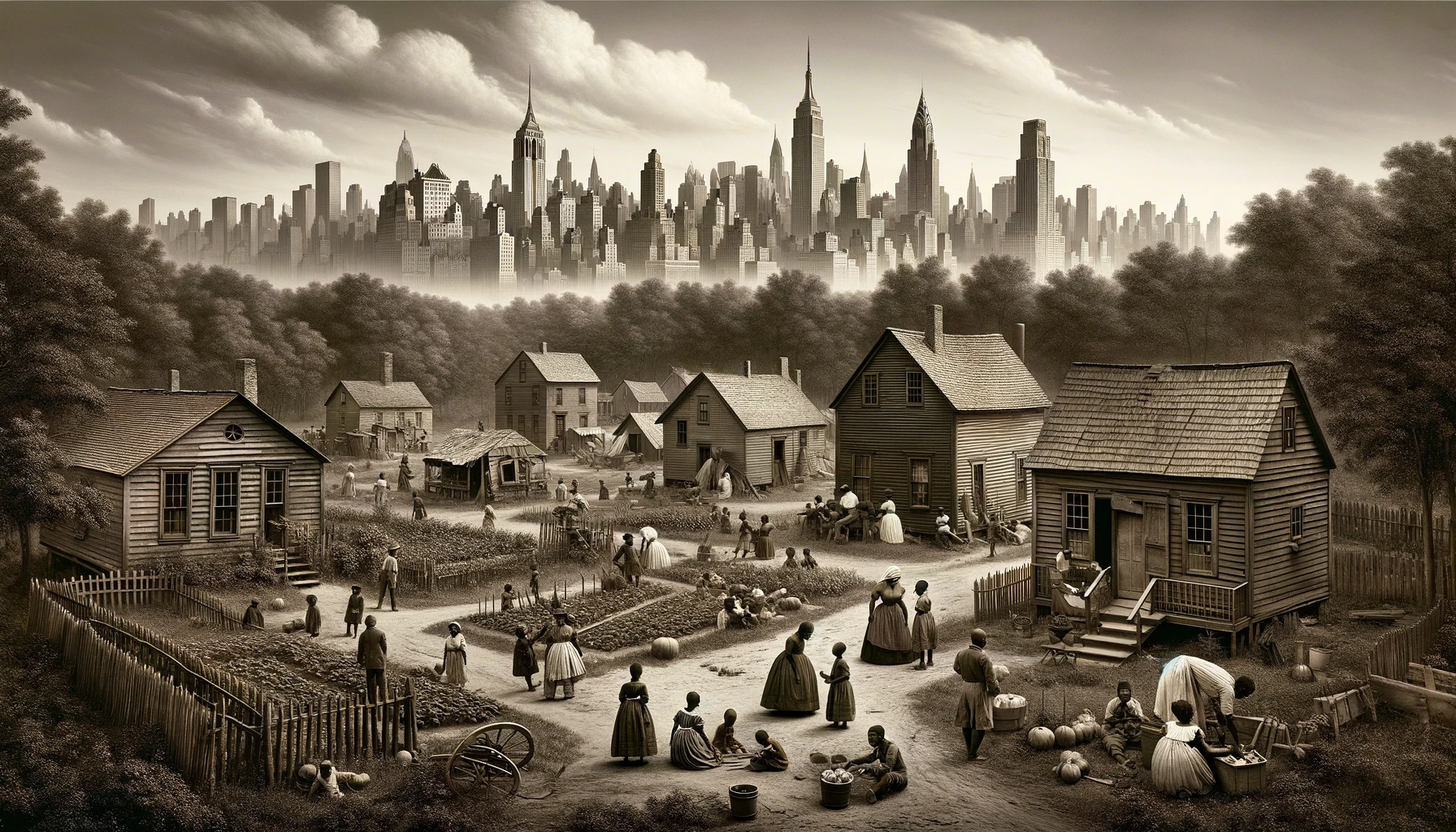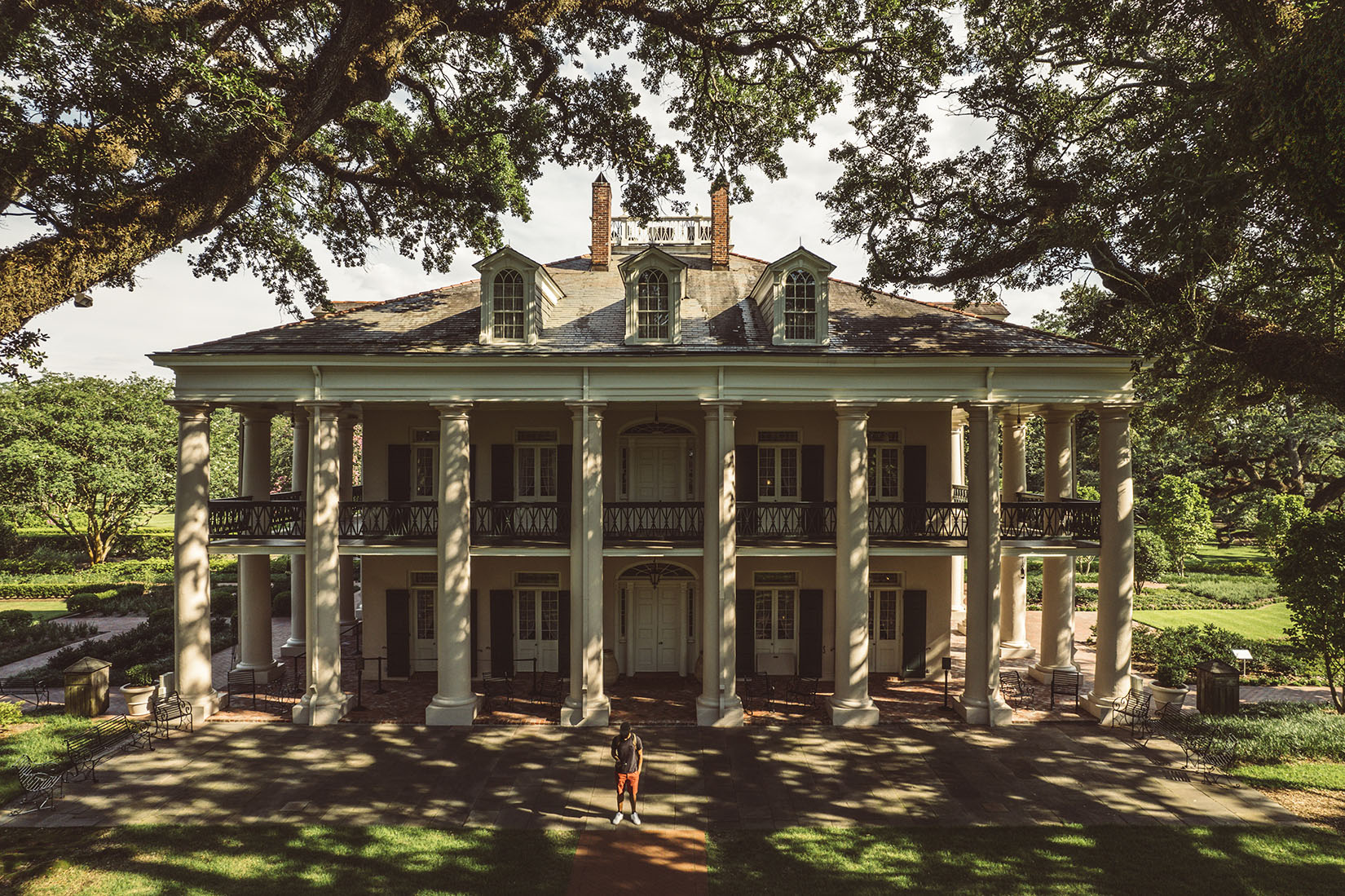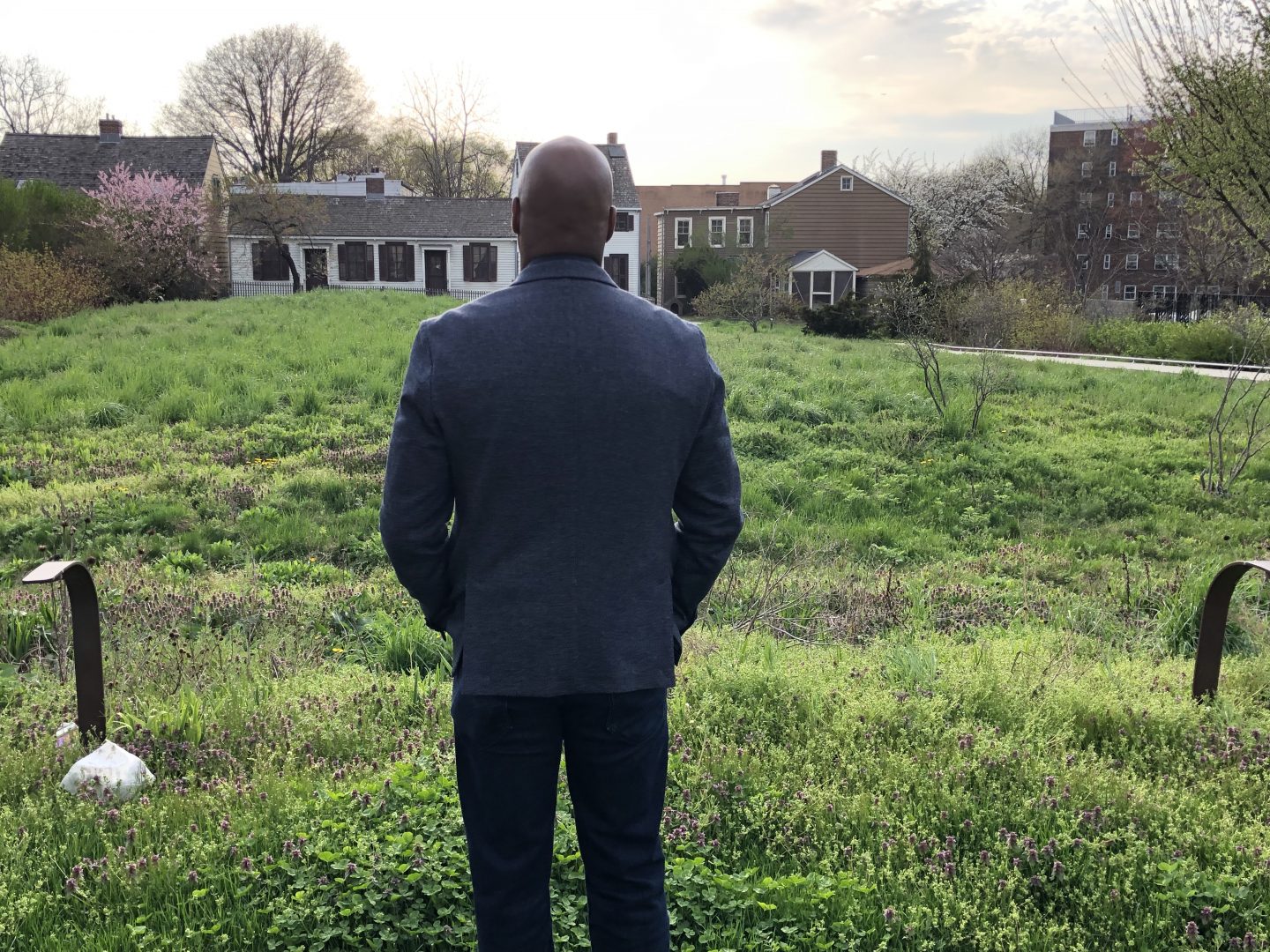
A Guide To Black-Owned Miami
To start painting a picture of Miami’s thriving Black community, there’s one fact that stands out among the rest: Nearly half of the people who voted to incorporate the city were Black men—and the very first name on Miami’s charter (Silas Austin) was one of these men. Continuing this momentum, development of the city’s infrastructure in the early 1900s was spearheaded by Bahamian immigrants. And throughout the 1950s, ‘60s and ‘70s, Miami was a gathering place for Black athletes, musicians, entertainers, students and families searching for respite—or at times involvement—with the Civil Rights movement.
It’s undeniable that descendants of the African diaspora have shaped Miami culture in a myriad of ways. And while the quick history facts are important to forming a full understanding of the city as it stands today, there are plenty of places to visit where you can experience the avenues of Miami’s Black culture. To get your itinerary started, we pulled together a condensed guide on Black-owned businesses around Miami.
Where to eat
One of Sunday’s Eatery’s owners, Chef Chad Cherry, grew up in Miami’s Overtown neighborhood, an area that got its start housing the Black workers who built the city’s railroads and hotels. And the passion the Chef Cherry and his counterpart, Trick Daddy, have for the city and soul food is evident by the long lines snaking inside the restaurant. (pro tip: you can order ahead). But the wait will tell you one thing—this is one of the best spots to enjoy a home-cooked meal. And ordering ahead will save you time, but it won’t lessen the flavor of their golden fried fish, tangy collard greens, cornbread waffles, black-eyed peas, and welcoming bowl of shrimp and grits.
The food coming from Sunday’s Eatery is special in that it can be enjoyed from inside a hotel room, a restaurant table, or the comfort of a car parked in a lot. No matter where customers eat their meals, the reviews are the same: this is a must-visit.
“Best pork chops and greens I’ve ever had! Highly recommend! You might have a long wait, but it will be worth it! I was so surprised to see Trick Daddy there making sure the orders were going out quickly,” one Tripadvisor community member noted.
This restaurant is known for its inventive takes on gooey mac and cheese combos, featuring toppings like eye-popping jerk chicken mac and rich lobster. With multiple locations in Miami, World Famous House of Mac’s rave reviews go on and on.
And while the dishes are known across the city, the owner is equally recognized: Derrick Turton, also known as Chef Teach, was Pitbull’s manager before going all-in on building a restaurant empire. While he went to cooking school before getting into the music industry, his first restaurant job was less-than-glamorous, pushing him in another direction and scaling his cooking down to a hobby. It wasn’t until rapper Bun B fell in love with his lobster mac and cheese and pushed him to take his recipes public that World Famous House of Mac started rolling.
The House of Mac hit a particular sweet spot with a Tripadvisor community member visiting from Boston, “I had the crab Mac n cheese and it was EVERYTHING! Love the new ambiance of the place with classy Soul music playing. My waitress was a sweetheart. Miami doesn’t know what it has.”
There’s a reason why we’re including a restaurant a 45-minute drive away from Miami on this list. Tom Jenkins’ BBQ Restaurant and Sauce is one of the most popular and highly rated Black-owned restaurants in Southern Florida and highly worth the detour when you’re in the area. This house of grilled meats was founded by two friends, Harry Harrell and Gary Torrence, who knew they had a hit when family members and friends raved about their cooking and pleaded with them to take over catering events.
In 1990, Tom Jenkins BBQ was introduced to the public through a humble, roadside food trailer. The weekend operation lasted seven years and built a loyal (and hungry) customer base. When a building across the street from their trailer became available in 1996, Harry and Gary opened the brick-n-mortar Tom Jenkins BBQ Restaurant as it’s known today. Immerse yourself in any conversation about BBQ and you’ll hear at least mention of this spot’s pork spare ribs, smoked sausage, mac-n-cheese, and collard greens.
Case and point: “Tom Jenkins’ is my favorite BBQ restaurant in Ft Lauderdale for lots of reasons. The chicken and meats are cooked just right and the sides are all great. They have the best mac and cheese and greens around and the sweet potato pie is an excellent way to top off a meal. The line can be long, but it is worth the wait,” Tripadvisor community member Christopher R notes in their review.
Things to do
This hotel was a popular destination for African-American celebrities and Black families during the segregation era. In the 1950s, ‘60s and ‘70s, the Hampton House existed as a jazz club, restaurant, and lodge catering exclusively to African American patrons. Jim Crow laws at the time meant Miami Beach was a volatile and unwelcoming place for Black Americans, so many filled their nights out in nearby Brownsville. Whether Victor Green’s Green Book led them there or a word-of-mouth recommendation from a friend, The Hampton House was the social hub in the area, attracting tourists, celebrities like Sam Cookie, athletes like Muhammad Ali, and civil rights leaders like Malcolm X.
Today, the building has been restored and serves as a cultural center and museum—you may recognize its cameo in the film One Night in Miami. The Regina King-directed project is inspired by the night Cooke, Ali, Malcolm X, and Jim Brown met at the hotel following one of Ali’s boxing matches. The Historic Hampton House offers visitors an opportunity to step back in time both figuratively and metaphorically: new on-site VR experience places users inside the shoes of people of color navigating hostile travel environments during the Green Book era.
While this may seem like a wildcard addition, this beach has been a place for Black families to relax and enjoy the water for generations. During segregation, Virginia Key Beach was the only beach in Miami where African Americans were allowed to visit. Today, the beach is a historic landmark featuring a park with picnic tables and grills, nature trails, a vintage carousel ride, children’s playground, picnic area, pastel-color beach-side cabins and event space. To see a list of some of upcoming events, visit this website.
Virginia Key Beach will also be the grounds of Miami’s brand new African-American History Museum, although debate remains on just when the building for this gallery will be built—voters first approved a measure for the museum over two decades ago.
Located in the historic Overtown neighborhood, The Black Police Precinct and Courthouse Museum showcases the history of Black police officers in Miami. Operational between 1950 and 1963, the museum building originally housed the city’s first Black police station, jail and criminal courtroom.
The precinct’s first five Black officers were challenged with protecting and serving approximately 43,000 residents, spread across multiple neighborhoods, in what was known at the time as “Colored Town.” One item that will stand out to visitors on the tour is a replica of a police bike that officers used to patrol this area between 1944 and 1950—the bike’s handlebars were the seating for suspects being transported to the station. The museum exhibits include hundreds of photographs, displays of vintage firearms, police uniforms, badges, old documents, and a jail and courtroom tour.
Organized tours get a bad wrap for being, well, so organized. Still, one of the more efficient ways to understand a city, its history and the people that live there is by taking a tour. One such experience in southern Florida is the Melanin Miami Black History Tour. Spearheaded by the charismatic Keymia Sharpe, a former advertising professional turned hospitality entrepreneur, this tour aims to illuminate the overlooked role of Miami in the Civil Rights movement.
Sharpe’s approximately three hour driving tour leads visitors through the historic Overton community, one of the first predominantly Black neighborhoods in the city. There are stops at the Lyric Theater: a venue built in 1913 known for hosting performers such as Count Basie, Ella Fitzgerald, and Aretha Franklin; the Dorsey House, the home of the city’s first Black millionaire; and Hampton Art Lovers, an African-American art gallery and collective.
The Melanin Miami’s tour conclude with a delectable soul food meal at the highly reviewed Lil Greenhouse Grill. Samplings vary from tour to tour, but don’t miss out on the Smoked BBQ Ribs although Tripadvisor community member Troy W has an additional suggestion: “For appetizers you MUST try the Dream Fire Shrimp. Spicy, tangy and slightly hot sauce is slathered onto the grilled shrimp. Very tasty.”
Located in the Little Haiti neighborhood of Miami, the Haitian Heritage Museum is the only museum in the United States dedicated solely to the promotion and preservation of Haitian art, history, and culture.
In 18+ years, the space has hosted over 32 exhibitions with a number of Haitian artists. A recent exhibit, Nostalgia Primitive D’Haiti (running through November 2023) is a vibrant collection of oil paintings honor the “sentimental era of Haiti” with depictions of the “country, everyday life, market women and landscapes.”
Where to stay
If there is one collective thing Tripadvisor community members have to say about The Goodtime Hotel, it’s that the owners do hospitality right. The Art Deco-influenced hotel is a joint venture between music mogul Pharrell and Miami hospitality entrepreneur David Grutman. Goodtime features 266 rooms and suites; bold and colorful decor; an outdoor pool; and a rooftop pool and bar with stunning views of the Miami skyline. You’ll also find views inside the hotel’s library, which mirrors a stylized lobby you might find inside a Wes Anderson film. And because Pharrell is involved, the hotel is one of a few in the world with a state of the art recording studio on-site for guests. The Goodtime Hotel is just a few minutes walk from the waters of Miami Beach, but still far enough away to feel like an isolated oasis when you’re inside.
“We couldn’t have picked a better place to stay than The Goodtime Hotel, which is at close proximity to the Ocean Drive,” Tripadvisor community member Happiness05673759099 writes. “The ambiance was cozy, and the vibe was just right. We were treated with the utmost care and hospitality by everyone around us, which made our stay all the more enjoyable … Everywhere we turned, we were surrounded by unique, Instagram-worthy backdrops, making our trip one to remember.”
Author
-

Eric has revolved in and out of passport controls for over 20 years. From his first archaeological field school in Belize to rural villages in Ethiopia and Buddhist temples in Laos, Eric has come smile to smile with all walks of life. A writer, photographer and entrepreneur, the LA native believes the power of connectivity and community is enriched through travel.
View all posts
Book An Experience
Melanin Miami
Discover Miami's African American heritage on the Melanin Miami Tour, a exploration of cultural landmarks and Black-owned businesses.
Share this article
Discover Sepi Stories

-
8553 N Beach Street Suite 138
Ft Worth, TX 76244
- Become a Vendor
- Home
- My Passport (Coming Soon)
- Book Experiences
- Edit Profile
- Login
- Logout
Support
- FAQs (Coming Soon)
- Phone: 641-754-0072
- Email: [email protected]
- Sitemap
- Privacy Policy
- Terms & Conditions
- Non Discrimination Policy

-
8553 N Beach Street Suite 138
Ft Worth, TX 76244
- Become a Vendor
- Home
- My Passport (Coming Soon)
- Book Experiences
- Edit Profile
- Login
- Logout
Support
- FAQs (Coming Soon)
- Phone: 641-754-0072
- Email: [email protected]
- Sitemap
- Privacy Policy
- Terms & Conditions
- Non Discrimination Policy
Sepi LLC © All rights reserved 2024.









